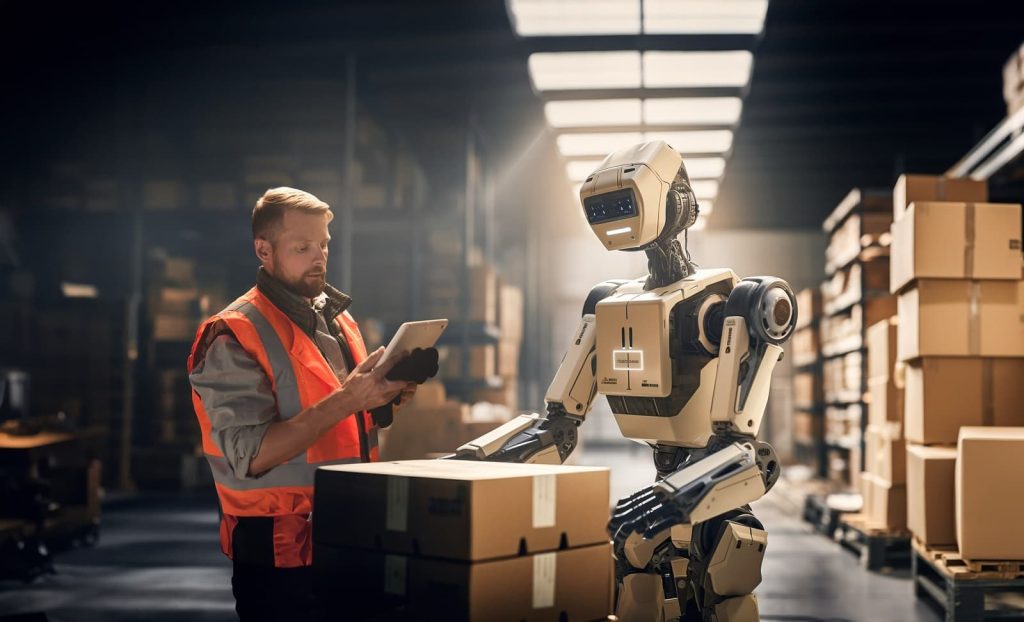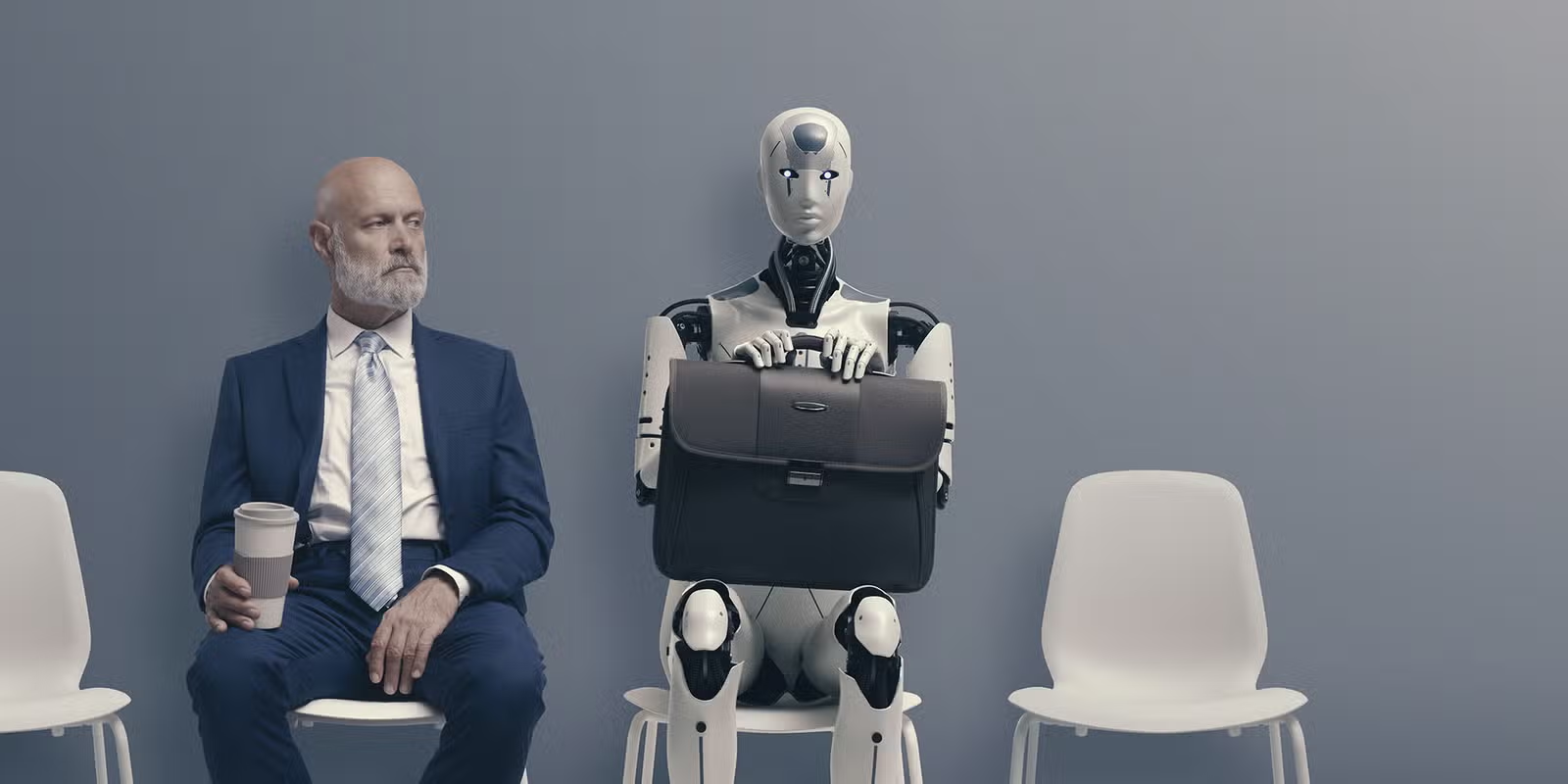Abstract
As technology progresses, particularly in robotics and artificial intelligence (AI), the landscape of labor and industry is undergoing a profound transformation. Automation, driven by robotics and AI, is poised to replace traditional human jobs across numerous sectors. While this shift promises substantial gains in efficiency, productivity, and cost-effectiveness, it also brings forth significant challenges, including job displacement and the need for reskilling the workforce. This article explores the role of robotics and AI in automating traditional human tasks, examines the potential economic and social consequences of widespread automation, and discusses the ways in which society can adapt to this technological revolution.
1. Introduction
The rapid advancement of robotics and artificial intelligence (AI) has paved the way for increasingly sophisticated systems capable of performing tasks once reserved for humans. The potential for these technologies to automate a broad spectrum of traditional jobs is a central concern for industries, governments, and workers alike. As robots and AI systems gain more autonomy, flexibility, and intelligence, the question of job displacement becomes ever more pressing.
Automation isn’t a new concept; it has existed for decades, particularly in manufacturing. However, today’s robotics and AI systems are far more advanced and capable of performing a wider variety of tasks, including those in service industries, healthcare, transportation, and even creative fields. These technologies are expected to disrupt a broad range of job categories, from blue-collar workers on factory floors to white-collar professionals in offices.
1.1 Understanding Automation and AI in Robotics
At its core, automation refers to the use of machines or software to perform tasks without human intervention. Automation is typically implemented in repetitive and standardized tasks, such as manufacturing assembly lines, where robots or machines can replace human workers to improve productivity and consistency. In contrast, artificial intelligence refers to the simulation of human intelligence processes by machines, particularly computer systems. These processes include learning, reasoning, and problem-solving.
When combined with robotics, AI gives machines the ability to perform tasks with a high level of precision, adaptability, and even decision-making capabilities, enabling them to take on jobs that were previously performed by humans.
2. Industries Affected by Automation and AI
2.1 Manufacturing and Production
The manufacturing industry has already seen significant automation, particularly in areas like automobile production, electronics, and consumer goods. Industrial robots are widely used for tasks such as welding, painting, assembling parts, and packaging. These robots operate with high precision, speed, and efficiency, reducing the reliance on human workers for repetitive and physically demanding tasks.
With the rise of AI-powered robots, the scope of automation in manufacturing is expanding. AI can enable robots to adapt to changes in the production line, optimize workflows, and even detect errors in real-time, significantly enhancing productivity. Robots powered by AI are also becoming more collaborative, working alongside humans in cobots (collaborative robots), thus increasing human-robot interaction in workplaces.
2.2 Healthcare
AI and robotics are beginning to revolutionize the healthcare sector by automating tasks previously handled by medical professionals. From robotic surgery to AI-driven diagnostics, these technologies are enhancing efficiency and precision in medical procedures.
2.2.1 Surgical Robots
Robotic surgery has gained traction, particularly in minimally invasive procedures, where precision is critical. For example, systems like the Da Vinci Surgical System allow surgeons to operate with robotic assistance, improving outcomes and reducing recovery times. As AI technologies improve, the role of the surgeon may evolve, with robots and AI performing more aspects of the procedure under human supervision.
2.2.2 AI in Diagnostics and Patient Care
AI systems, such as machine learning algorithms, are being used to analyze medical images, predict patient outcomes, and assist in diagnosis. These AI-powered tools can identify patterns in data far faster and more accurately than human doctors, making them valuable tools for early detection of diseases like cancer and heart conditions. As a result, many tasks that were once the domain of human doctors may be automated, leading to a shift in the types of medical jobs available.
2.3 Transportation and Logistics
The transportation and logistics industries are being rapidly transformed by automation. Self-driving vehicles and autonomous drones are already in use for tasks such as delivery, warehouse management, and freight transport. AI algorithms are employed to help these machines navigate roads and environments, while machine learning enables them to make decisions in real time, such as adjusting routes to avoid traffic or obstacles.
2.3.1 Driverless Vehicles
Self-driving cars, trucks, and delivery vans have the potential to replace a wide range of driving jobs. The autonomous vehicle industry is already making strides in creating safer, more efficient vehicles that can handle long-haul freight delivery, ridesharing, and urban transportation. As these technologies improve, human drivers may no longer be necessary for routine driving tasks, leading to a significant displacement of driving jobs.
2.3.2 Warehouse Automation
The use of robots in warehouses to handle inventory, pack orders, and transport goods is becoming increasingly common. Amazon, for example, uses robots in its fulfillment centers to perform these tasks, reducing the need for human labor. AI algorithms optimize workflows, track goods, and predict inventory needs, allowing for more efficient and cost-effective operations.
2.4 Customer Service and Retail
AI-powered systems are gradually replacing human employees in the customer service and retail sectors. Chatbots and virtual assistants are used to handle customer inquiries, resolve issues, and provide personalized recommendations. In retail, automated checkout systems and inventory management tools are reducing the need for cashiers and stock clerks.
2.4.1 Retail Automation
The introduction of self-checkout systems, robotic inventory management, and automated stocking is reshaping the retail sector. Retailers are increasingly adopting AI-driven technology to manage store operations more efficiently. These systems use image recognition and natural language processing to improve the customer experience and reduce the reliance on human workers.

3. The Social and Economic Impacts of Automation
3.1 Job Displacement and the Future of Employment
One of the most significant concerns surrounding automation and AI is the potential for job displacement. Many traditional jobs, especially in sectors such as manufacturing, transportation, and customer service, are at risk of being replaced by machines. This shift raises important questions about the future of work and how to prepare workers for an increasingly automated world.
3.1.1 Low-Skill Jobs at High Risk
Jobs that require routine, manual labor—such as factory work, driving, and retail—are among the most vulnerable to automation. AI and robotics can perform these tasks more efficiently and at a lower cost than humans, which may lead to mass unemployment in these industries. For workers who have spent years in these roles, retraining and reskilling will be essential to prepare for new, more technologically advanced jobs.
3.1.2 New Job Creation
While automation may displace certain jobs, it is also likely to create new ones. For example, the AI industry requires engineers, data scientists, and software developers to design, maintain, and optimize systems. Similarly, as robots become more integrated into various industries, there will be a demand for robot maintenance, repair, and programming specialists. However, the challenge lies in ensuring that displaced workers have access to the education and training necessary to transition into these new roles.
3.2 Impact on Income Inequality
The widespread adoption of automation could exacerbate income inequality. Highly skilled workers in fields like AI development and robotics engineering are likely to benefit from increased demand for their expertise, while low-skilled workers face job loss and stagnant wages. Governments and organizations will need to implement policies to address these disparities and ensure that the benefits of automation are shared equitably.
4. Adapting to Automation: Strategies for the Future
4.1 Reskilling and Education
To mitigate the impact of job displacement, reskilling and education will be crucial. Governments and businesses must invest in training programs that help workers acquire the skills necessary for the jobs of the future. This includes fostering expertise in STEM (Science, Technology, Engineering, and Math) fields, as well as in areas that are less likely to be automated, such as creativity, critical thinking, and emotional intelligence.
4.2 Universal Basic Income (UBI)
Some experts argue that as automation displaces jobs, governments may need to implement Universal Basic Income (UBI) programs to provide a safety net for displaced workers. UBI would provide a fixed income to all citizens, regardless of employment status, allowing individuals to maintain their standard of living while seeking retraining or pursuing new ventures.
4.3 Human-Robot Collaboration
Instead of fully replacing humans, the future of work may lie in human-robot collaboration. Robots can handle repetitive, dangerous, or physically demanding tasks, while humans can focus on decision-making, creativity, and problem-solving. This collaborative approach has the potential to enhance productivity and improve job satisfaction by allowing workers to focus on more intellectually stimulating tasks.
5. Conclusion
The advancement of robotics and AI technologies is set to redefine the future of work. While these technologies promise increased efficiency and productivity, they also raise significant challenges related to job displacement, income inequality, and the need for reskilling. The key to navigating this shift will lie in education, adaptability, and policy interventions that ensure the benefits of automation are broadly distributed. As we move forward, collaboration between humans and machines will likely become the norm, rather than competition. By embracing these changes, society can harness the full potential of automation to improve lives and shape a more sustainable future for work.







































